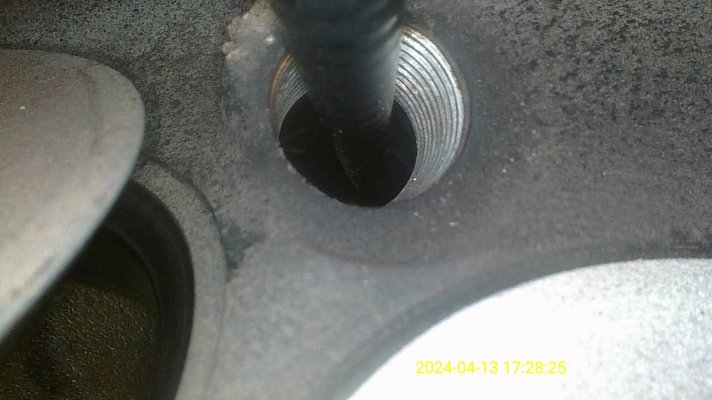nonickatall
Full Access Member
The cold start runs with fuel, after approximate 1 km it switches to lpg and if my lpg tank is not empty, i drive with lpg, because i pay at the moment 1€ for 1liter, while gasoline costs at the moment 1,80€. That means that with my consumption, i spend as much as a Hyundai i30 driver, with a 1 liter 3cylinder engine, which would be not used as a starter for real engines by GM when my car was made. I had that car recently in holiday is a rental car. You always have to step on the asseleration paddle, because the engine has nothing what would be called power.I am curious on the compression results.
Also how often do you run a tank of fuel through the engine? Are you using primarily LPG? Or do you change back and fourth?
When i go to Berlin, what i prevent if i can, i drive with 100liter lpg the 600km. A friend of mine works at VW Audi dealer and they recently drove an Audi e-tron electric ******** to Berlin for a customer. He told me, that they have to charge two times for 53€, so that means, that they invest more in electric energy than I in LPG....
And the funny thing is when people see me in Germany with my truck, the people always say: This car must have a huge fuel consumption...

